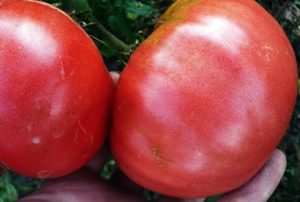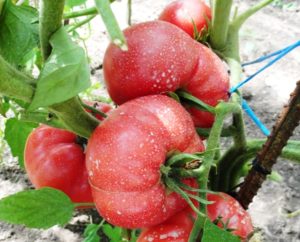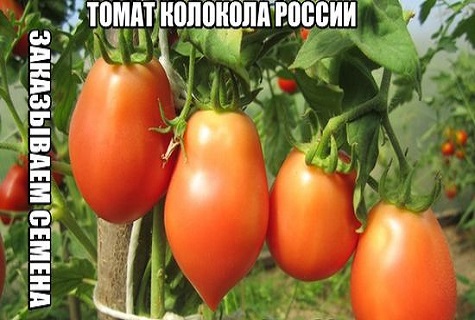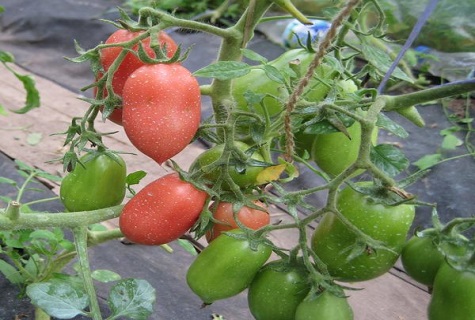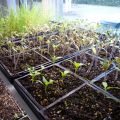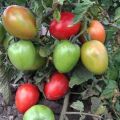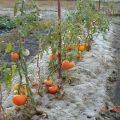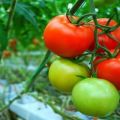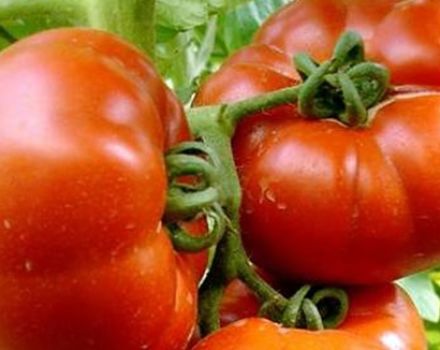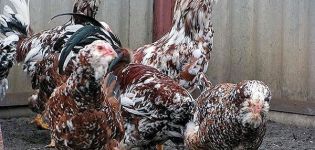Description and characteristics of the tomato variety Bells of Russia
Many summer residents have planted the pear-shaped tomato Bells of Russia for several years. The changeable summer weather does not affect its yield, which makes it a favorite of many collections. The yield, the taste of the pulp and the original look are also excellent. To help summer residents, briefly about the main varietal characteristics.
Description of the variety
We will begin the description of a high-yielding, medium-early variety with the characteristics of the bush:
- type determinant, standard variety;
- growth from 50 to 60 cm;
- the number of leaves is average;
- the color of the leaves is light green;
- leaf size is average.
Despite their small size, the bushes are recommended to be fixed on a support. The best option is 1 branch - 1 support. The hand load on each branch is large (up to 5 brushes), the support will not allow the fruits to lie on the ground. Pure fruits - quality harvest. Many summer residents appreciate the Russian Kolokola tomato for its high decorative effect of the bush, yield, plant it in flowerpots, and use it to decorate the garden and patios. Plants are especially beautiful during fruit ripening.
Tomato characteristic:
- the color of the fruit is pink-scarlet;
- the shape of the fruit is pear-shaped;
- small fruit size;
- fruit weight up to 60 g.
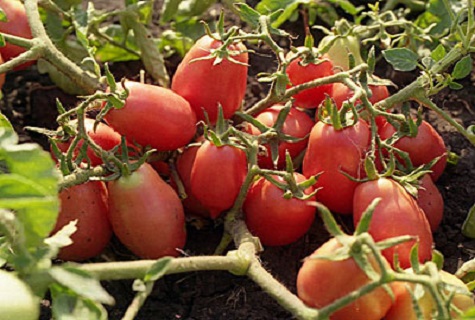
Varietal tomatoes are always appreciated for their good taste, Bells of Russia is no exception. Pink pulp contains a large concentration of elements useful to the human body: sugars, amino acids, vitamins. The taste of tomatoes is characterized by a perfect combination of sweet and sour notes. The undoubted advantage of the fruits is their resistance to cracking and universal purpose.
History of origin and directions of use
The selection of tomatoes is Russian, there is no data in the state register about the variety, however, the variety is grown in all regions of the Russian Federation, excluding the Far North. In areas with a mild climate, tomatoes grow well in open ground; in northern areas, they develop better in protected ground. Polycarbonate greenhouses and small arc tunnels are suitable for tomatoes.
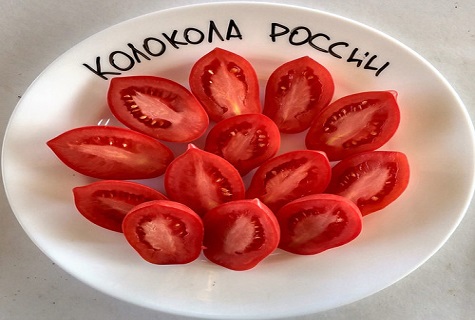
Let's highlight the main directions of using the fruits:
- consumption of fresh tomatoes without heat treatment: salads, decoration for a banquet (buffet) table;
- whole-fruit canned tomato production;
- cooking traditional salted tomatoes according to old Russian recipes.
The network has positive reviews about pear-shaped tomatoes Bells of Russia gold yellow. Early ripening of fruits (100-110 days), high commercial and taste qualities of grown fruits, make the variety competitive in the seed market.
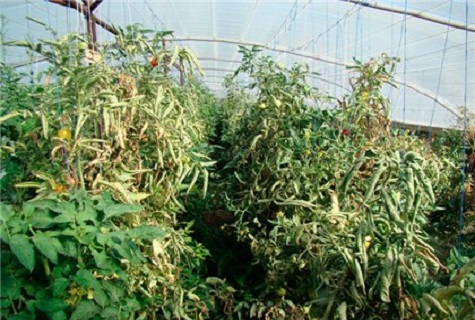
Table of the main advantages and disadvantages of Bells of Russia tomatoes:
| Advantages | disadvantages |
| unusual fruit shape | for the full development of a tomato, fertilizers are needed |
| the possibility of universal use of fruits from salads to canned vegetables | you need to monitor the shape of the bush, remove unnecessary stepsons |
| easy care | |
| preservation of flowers and ovaries during short-term temperature fluctuations | |
| persistent immunity to diseases of nightshade crops |
Review of a summer resident from the Moscow region
Natalya: I planted a tomato. Golden bells in open ground. I didn't have time to pickle tomatoes. The variety was advised by a neighbor, he has been growing them for 2 years. Next year I will reduce the ridge for planting, there is still enough harvest for harvesting.
Brief instructions for care and cultivation
The photo clearly shows the main advantages of the tomato bush and its fruits. We will find out how to get the same result in our country house. If there is no greenhouse there, this is not a problem, the variety can be grown on a regular garden bed. Where frosts are possible in June, put arches over the tomato bushes, with covering material stretched over them.
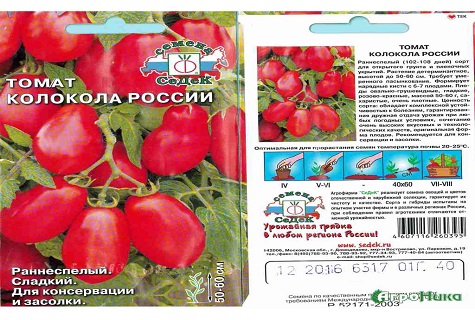
We sow the seeds correctly
It is important to choose the right timing for planting seeds. For open ground - this is the second half of March, for a greenhouse - from late April to mid-March. Conduct:
- compulsory seed rejection procedure (visual inspection);
- identification of hollow seeds by soaking in slightly salted water (remove floating ones);
- to prevent diseases of tomatoes - keep 15 minutes in a solution of potassium permanganate.
The first stage of growing tomato seedlings from seeds lasts from sowing to picking. At this time, we use low containers (preferably plastic). We take high-quality soil for germinating seeds, purchased or prepare our own, mixing garden soil, compost, peat in a 2: 1: 1 ratio.
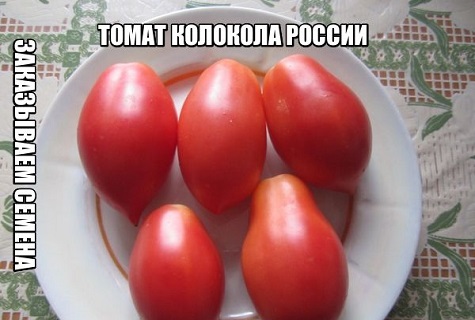
Sowing seeds is easy:
- moisten the soil well an hour or two before sowing the seeds;
- spread the seeds loosely over the surface;
- cover the seeds with humus or soil mixture;
- cover the container with seeds with foil, put it away from the cold window.
The second stage lasts from picking seedlings to planting in the ground. During this period, prepare separate cups or rectangular plastic containers for seedlings for seedlings, with a side height of at least 25 cm. Dive (transplant) tomato seedlings in the phase of 1-2 leaves into these containers.
Seedling care, transplanting into the ground
For about a month, after a successful pick, the tomato seedlings are in a warm room. Tomato care measures during this period:
- watering the tomato at the root when the top layer of the earth dries up;
- 1-2 root dressing with any liquid fertilizer for tomatoes, you can just insist on banana peels and pour small tomatoes with this "compote";
- a weekly tomato hardening procedure with a decrease in night temperatures to 8 ° C.
We plant adult tomato seedlings (50-60 days from germination) in a permanent place. We place no more than 3 tomato bushes in a square place. This is a recommendation from the seed manufacturer and should be followed.
Conclusion
It is interesting to know the opinion of those who planted this variety in their country house. Real photos of the fruits of the variety and comments of competent vegetable growers facilitate the choice.
